When Ocado began operations from a temporary warehouse in Hemel Hempstead 20 years ago this week, it was truly revolutionary. A full supermarket shop, delivered to a customer’s door within a couple of days, was certainly not the norm.
Ocado Retail proved the business case for the company’s technology and model, something retailers around the world have either bought directly from Ocado wholesale or copied as best they could.
But Ocado’s tech is now at risk of becoming obsolete. Pushed in part by pandemic necessity, retailers are opting for store-pick to fulfil online orders. Micro-fulfilment sites are popping up everywhere, as supermarkets seek to be closer to customers to serve them faster. Meanwhile, the rise of rapid grocery and Amazon Prime is rewriting consumer expectations about delivery speed. Even next-day now feels like an eternity.
On Wednesday came Ocado’s response to these existentially threatening trends. “Today the industry stands at a turning point,” Ocado CEO Tim Steiner told a live-stream audience. And so does Ocado.
In an event titled Ocado Reimagined, Steiner set out to reaffirm the big centralised CFC model was best, while at the same time showing Ocado’s tech was adaptable enough to meet the needs of those that disagree.
Was he convincing?
It will be the flashy (and fleshy-looking) new robots that are sure to grab the most attention. And while the new 600 Series grid robot is faster and quieter, such developments are arguably business-as-usual for Ocado. It’s their lighter weight that’s most interesting.
Lighter bots mean the grid they move around can be lighter too, allowing CFCs to be retro-fitted into existing buildings and smaller sites. The years-long lead time and sheer space required for new CFCs has long been Ocado’s weakness – and the 600 is a solid answer to that.
A new CFC typically requires 14 or more months for a developer to ready the site for Ocado to spend the next 10 installing its grid and bots. Ocado’s 10 months has come down to six, and suitable buildings already exist.
The result: “We can deploy it faster in more locations,” Steiner said. Size-wise, however, he told The Grocer that 10,000 sq ft – such as Ocado’s Bristol ‘mini’ CFC – was still the bottom for now. Not, then, small enough for a superstore seeking to better utilise spare space. Or underneath railway arches.
Nevertheless, “this has significant implications for the development of smaller facilities located closer to the customer where greenfield sites are harder to come across,” says Rueben Scriven, senior analyst at Interact Analysis.
Less flashy but more significant, perhaps, were Ocado’s two software launches: Ocado Orbit and Ocado Swift Router.
The first creates a single ‘virtual distribution centre’ from multiple smaller hubs – a concession perhaps that the mega-CFC is old hat. Suppliers deliver their full load to one of the hubs, and Orbit’s smarts organise loads to be ‘decanted’ between them so they meet the forecast demand of shoppers in their areas. “It adds in an additional step of inter-CFC transport,” says Bernstein analyst William Woods, but “we would expect the decant to be more efficient” overall.
“What’s unclear, however,” adds Scriven, “is how many Ocado trucks will need to be whizzing around the network in order to redistribute the inventory.”
Swift Router, meanwhile, allows for delivery of last-minute, short lead-time orders as well as larger, longer lead-time orders from the same van. “This enables same-day deliveries and/or nearer cut-off times,” Woods says. At rapid speed?
“Despite addressing the same-day segment, it seems unlikely to solve for the rapid delivery segment (less than two hours) as the orders are still picked and packed from a centralised location,” says Scriven.
Such software already exists, of course – though perhaps not as proven as Ocado’s. And it is unlikely Ocado is up for taking on software-only partners.
Steiner started his presentation with barbs clearly aimed at rapid grocery and supermarkets putting speed above all else. He’s been knocking them for months now. Consumers want range, he argued. “You may think one to two thousand products is a lot”, he said. While few customers will shop more, “the challenge is those one to two thousand are different for every customer”.
But the tech that followed shows Ocado recognises the threat and is doing something about it. “The innovations were exciting and reinforced our view of Ocado as a clear leader in the grocery automation space,” says Woods. ”It’s clearly listened to feedback and developed solutions to address its limitations,” adds Scriven.
But whether Ocado remains an online grocery tech kingpin, or is about to spend its twenties forever playing catch-up, remains to be seen.







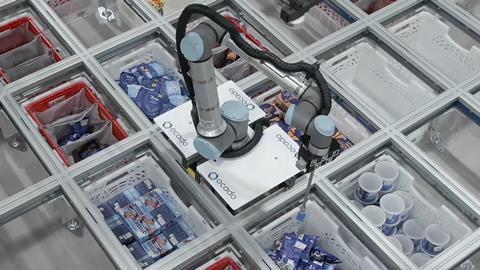
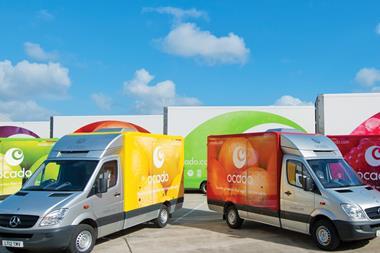
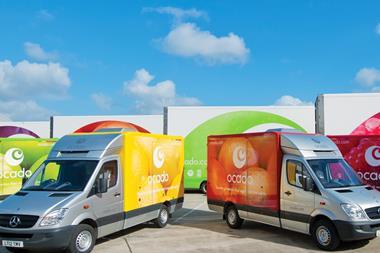

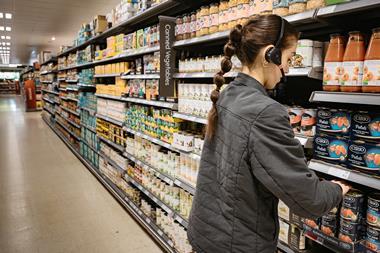
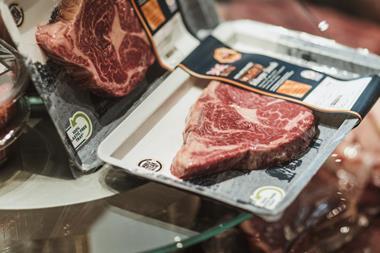
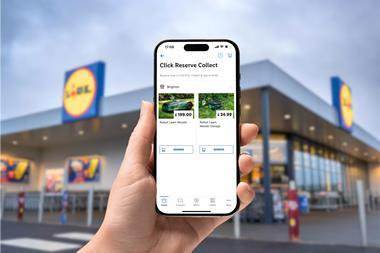






No comments yet